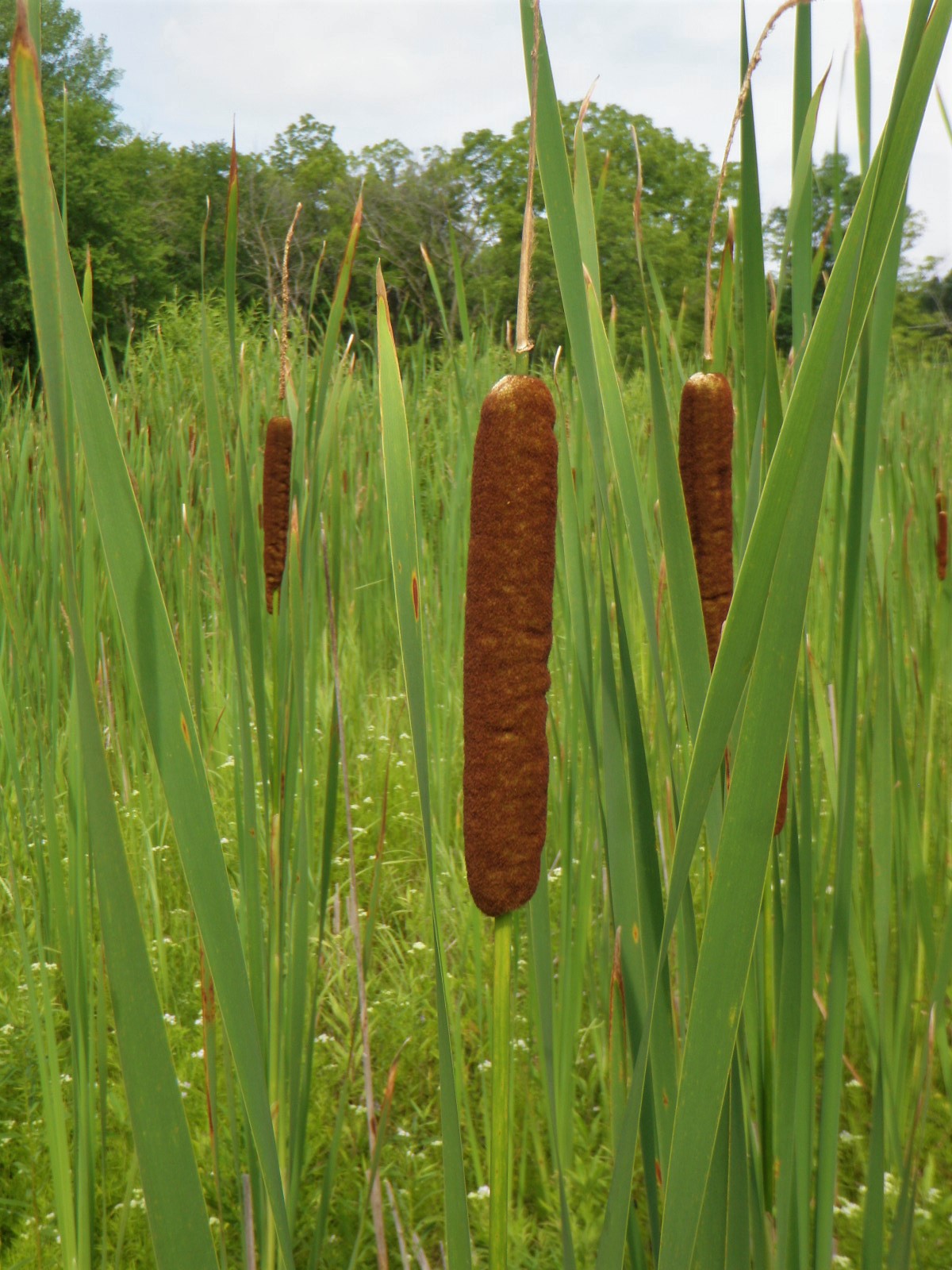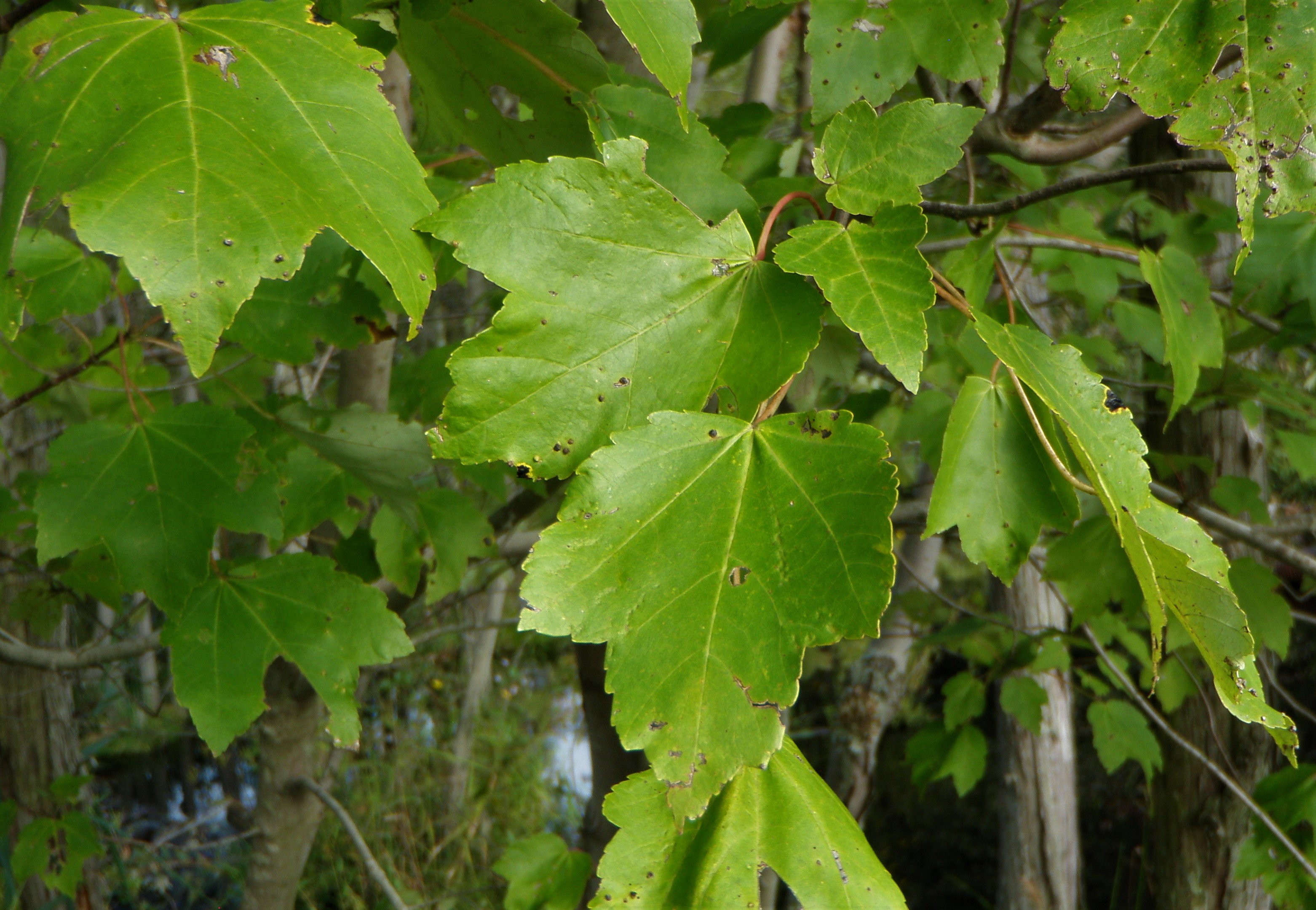Hydrophytic Vegetation
Plants adapted to life in water or in waterlogged substrates are called hydrophytes. They tend to be more water-tolerant than "water loving".
Prolonged saturation creates oxygen-deficient substrantes in just a few days. Since all plants require oxygen for survival and growth, only plants with special
adaptations or colonization strategies can live and reproduce under these circumstances. Out of all the vascular plants that grow in the U.S., only a third can
tolerate the wetness conditions associated with most wetlands.
The federal government has compiled a list of plants that occur in wetlands. A simple enumeration of these species would have little utility because some plants
only grow in wetlands, while most grow in both wetlands and uplands to varying degrees. The former plants are better indicators of wetlands than the latter.
Consequently, on the government's list, wetland plants have been divided into four categories (called wetland indicator status) based on their expected frequency
of occurrence in wetlands: 1) obligate hydrophytes (almost always found in wtlands and deepwater habitats), 2) facultative wetlands species (occur more in wetlands
than in uplands), 3) facultative species (nearly equally common in wetlands and uplands), and 4) facultative upland species (more common in uplands than in wetlands,
but found in wetlands 1-33% of the time). Out of roughly 20,000 species of vascular plants in the U.S., only 7,000 occur in wetlands often enough to be
listed on a national list of plants found in wetlands. So about two-thirds of the nation's plants do not grow in wetlands. Of those that do grow in wetlands, only
26% are obligate hydrophytes (they only grow in wetlands).

Since many plants are wide ranging across the country and may have different tolerances for wetness from north to south, for example, a wet of regional wetland plant lists were compiled to prepare the national list. Upland species may be included on the national list where they occur more commonly in wetlands in one or more regions. The regional plant lists are used to help identify wetlands for regulatory purposes (see discussion on Wetland Identification).
 Figure 3. Red Maple (Acer rubrum), a FAC species that dominates many wetlands in the eastern United States
Figure 3. Red Maple (Acer rubrum), a FAC species that dominates many wetlands in the eastern United States